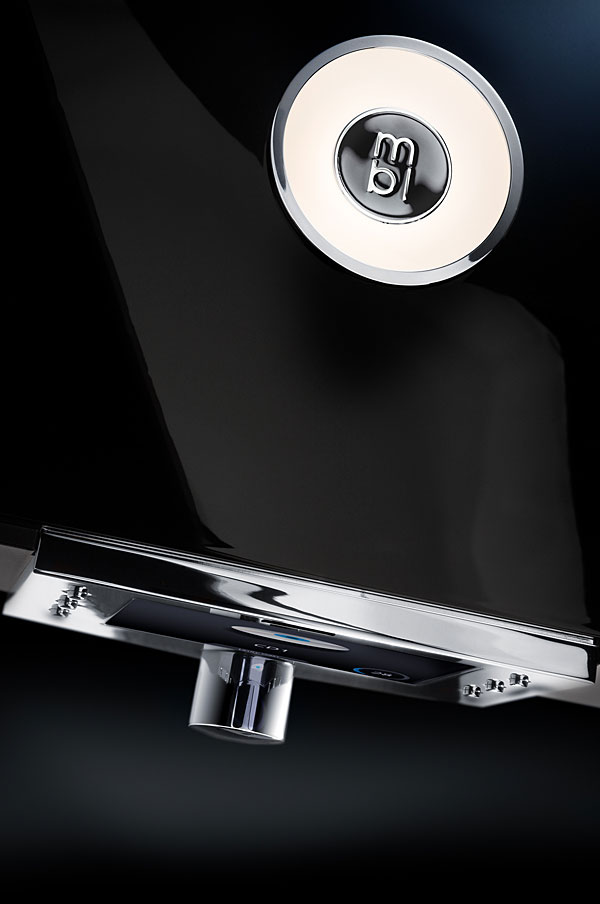| Columns Retired Columns & Blogs |
Some preamplifiers like the Parasound JC2 BP come with input gain controls ...... Also, some power amplifiers like the Parasound Halo JC-5 come with input gain controls ....... Do those pre-amps and power amps work similar to the 'unity gain' controls like the MBL N11 pre-amp? ..... May be JA1 could shed some light on this matter :-) ........











































